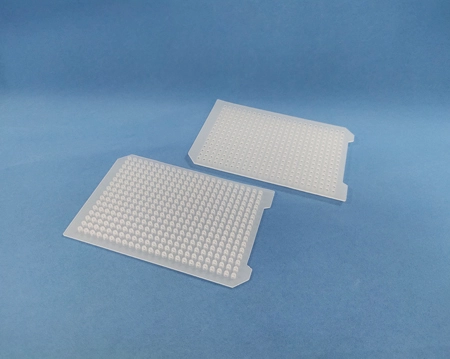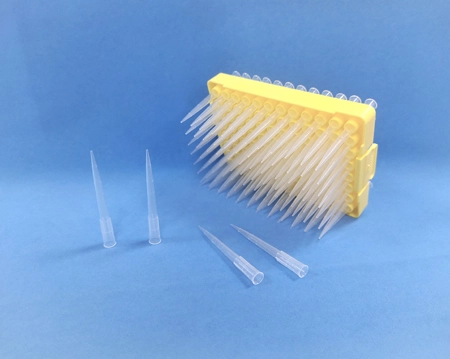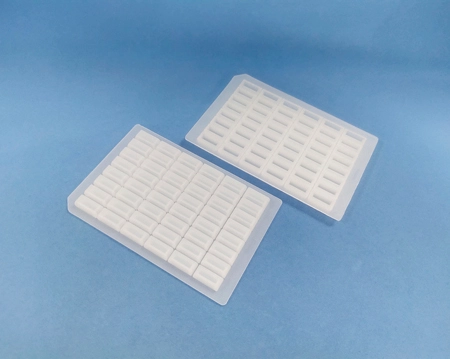What Could Automation Bring To The Life Science Space?
What could automation bring to the life science space?
1. Improved Accuracy and Precision: In Life Science research, precision and accuracy are essential. Automation can offer greater consistency and repeatability of results leading to fewer errors and more accurate data. Automated systems are designed to perform with high precision and accuracy to deliver unambiguous results.
2. Increased Efficiency: Automation helps to speed up processes and reduce the manual labor involved in conducting experiments. This increased efficiency leads to improved productivity, increased throughput, and faster turnaround times.
3. Enhanced Consistency: Automated processes are not tired, do not have emotional or biased opinions, and can perform the same task over and over again with the same degree of accuracy and consistency.
4. Reduction of Human Error: The risk of human error in laboratories can be reduced with the use of automation. It takes away the human element that could lead to errors; thereby, producing reliable and accurate results
5. Cost-Effective: Automation can perform repetitive tasks that would otherwise require the employment of multiple people. This reduces the cost of labor while increasing productivity.
6. Data Management: Automation helps to maintain records of experiments, procedures, and results that are easily accessible and can be used to track progress over time.
7. Flexibility of experiments: Automation systems are great at changing their settings and testing multiple conditions so that researchers can access different testing and experimental scenarios with ease.
Automation has begun to revolutionize the Life Sciences landscape, and as technology continues to advance, more laboratory roles will transition to automated workflows, allowing scientists to focus on more critical tasks.
 English
English  中文
中文  日本語
日本語  한국어
한국어  français
français  Deutsch
Deutsch  Español
Español  italiano
italiano  русский
русский  português
português  العربية
العربية  tiếng việt
tiếng việt 


